An artificer’s subclasses give them the flexibility to fill almost any role in a Dungeons & Dragons party, able to effectively serve as tanks, damage dealers and utility casters. Better than any class, you’re able to change between these roles on the fly by improvising new items and abilities to match the situation.

Related
Dungeons & Dragons: Biggest Changes In The 2024 Dungeon Master’s Guide
The 2024 Dungeon Master’s guide brings a ton of content to fifth edition D&D. We list some of the biggest and best changes to come out of the book.
The strategies for building them will differ depending on what you want to get out of the class, and this guide will focus on covering the main ways for building an artificer and then using them in play. There are also a couple of fun, if suboptimal builds for those looking to try a new spin on the class.
Updated November 18, 2024, by Sean Murray: Dungeons & Dragons has received new rules that can drastically change the way you start a new character. We’ve updated this guide to reflect these new options in D&D’s 2024 rules refresh, and also given this guide a few tweaks for improved formatting.
Best Ability Scores For An Artificer
Artificers overlap a lot with wizards on their ability scores but to treat them the same can be a dangerous mistake. Your inventor will spend a lot more time in close combat, and they’ll need to be able to defend themselves outside of simply casting spells effectively.
|
Ability Score |
Benefits |
Priority |
|---|---|---|
|
Intelligence |
|
Intelligence is your top priority for any artificer. Your spellcasting relies on it, along with your class features. You should aim to get it to 20 through any combination of starting numbers, ability score improvements, and species bonuses. |
|
Constitution |
Constitution is the thin fleshly line between triumphantly surviving a deadly blow and exploding into a red mist. It shares a priority with Dexterity in that it won’t help you with doing anything that looks cool but will keep you alive long enough for your other abilities to shine. More Constitution is always better, but if you find yourself regularly surviving combats you probably have enough. |
|
|
Dexterity |
|
Dexterity helps you survive long enough to use the Intelligence artificers are so proud of. Whether it’s dodging arrows or diving out of explosions, dexterity has your back. With medium armor, you’ll want to aim for 14 points of Dexterity. If you’re using firearms you need Dexterity to increase your accuracy and damage (note that the Battle Smith can use their Intelligence modifier for attacks made with a magical weapon). Certain subclasses and multiclasses are able to use heavy armor. In that case, Dexterity is a lower priority since it won’t impact your AC. It will never hurt to have if you need to evade a grapple or an explosion, however. |
|
Strength |
Strength is just about the lowest priority for most artificers. Grapples you can evade with Dexterity, carry capacity can be ignored with a bag of holding, and the artificer infusion ‘armor of magical strength’ can substitute your Strength for Intelligence in any skill check. |
|
|
Wisdom |
|
Wisdom has some of the most important saving throws and skill checks attached to it: Spells targeting Wisdom saves can stun you or even force you to attack your allies. Unfortunately, most characters only have the points to prioritize three ability scores, and Wisdom doesn’t beat Dexterity or Constitution in importance. Your Flash Of Genius feature lets you add intelligence to your Wisdom saves, bailing you out from mind control even with a low Wisdom score. |
|
Charisma |
|
Charisma saving throws are rare but are also attached to some of the most debilitating effects in the game. A bad Charisma save can quite literally end a character, but you might also go an entire campaign without having to make one. In aggregate Charisma is a low priority unless your GM has a track record of throwing out banishment spells. |
Best Ability Scores
As noted above, you’ll definitely want Intelligence to be your highest ability score, followed by Constitution, and then Dexterity. Here’s how we suggest distributing your ability scores while creating a new character using points buy and standard array starts.
|
Strength |
Dexterity |
Constitution |
Intelligence |
Wisdom |
Charisma |
|
|---|---|---|---|---|---|---|
|
Standard Array |
10 |
13 |
14 |
15 |
12 |
8 |
|
Points Buy |
8 |
14 |
15 |
15 |
10 |
8 |
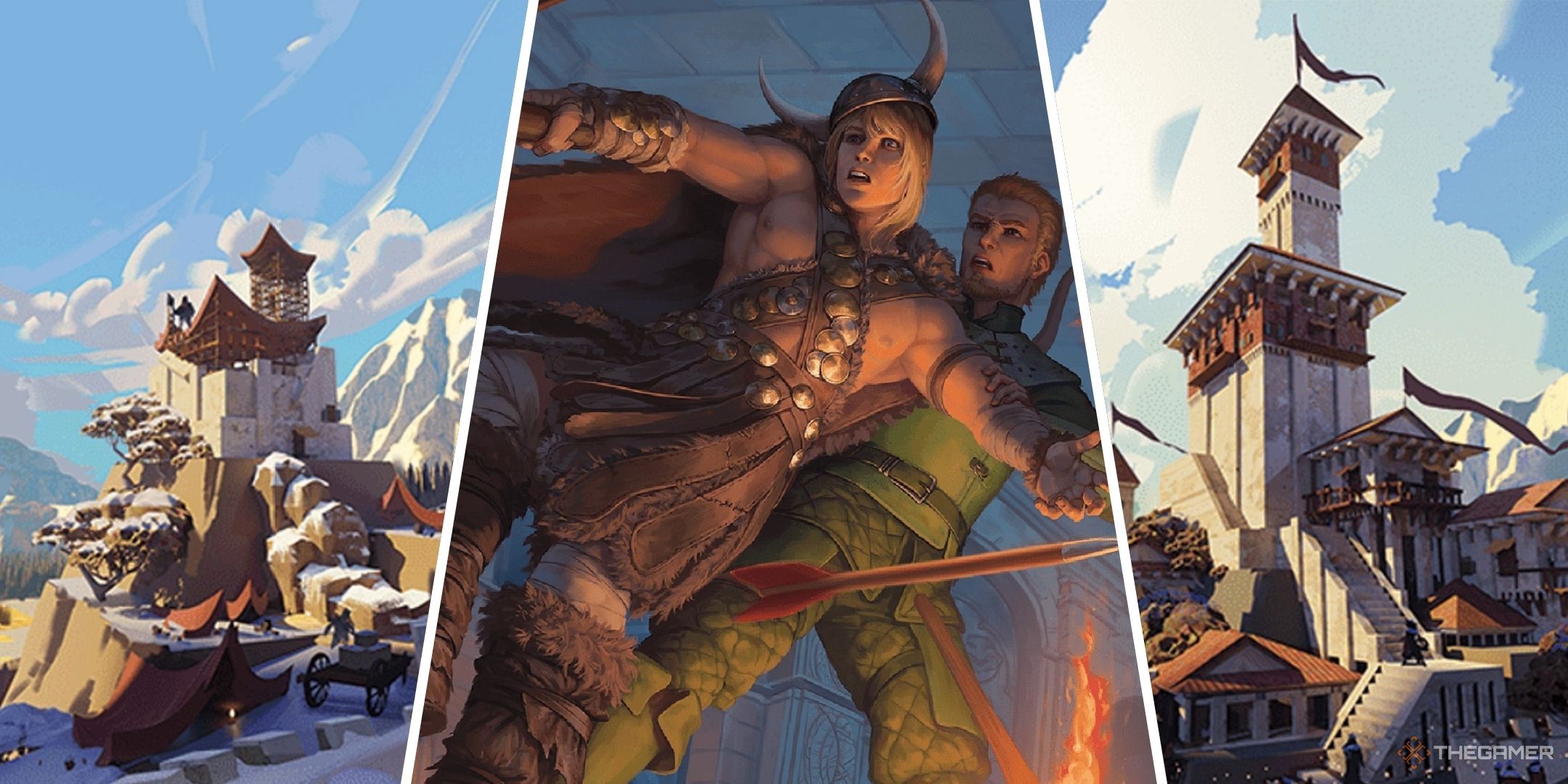
Related
Best Subclasses For Different Artificer Playstyles
Having a clear idea of what you want your character to be will help a lot with picking your subclass, but don’t feel the need to restrict yourself in pursuit of a specific character image: Artillerists aren’t the only subclass able to use guns, and alchemists don’t have a monopoly on crafting potions. Your subclass will represent a specialty but not necessarily an exclusive focus.
Best For Large Parties: Artillerist
The Artillerist is all about getting value for money out of AoE effects. Your subclass spells are almost all AoEs. Your eldritch cannon can either provide area damage or area protection. These abilities will all see the most effect in a large group that fights large groups of enemies or wades through large numbers of small encounters. The cannons are cheap to replace as well. If one is destroyed, you can resummon with a single spell slot.
Artillerist is one of the easiest artificer subclasses to flavor as being completely non-magical. Spells such as shatter and catapult can be flavored as using a firearm to fire scattershot or heavy slugs, respectively.
Best Team Player: Alchemist
Alchemists gain strong utility and better healing from their Experimental Elixirs feature. You get a random assortment at the end of a long rest but if you want to pick and choose you’ll need to spend spell slots. The advantage of the elixirs over their equivalent utility spells is the lack of concentration. An elixir of boldness affects a third as many people as the first-level spell Bless but cannot be interrupted.
A flight speed of 10ft per round won’t help your barbarian to chase down a griffin, but it can let an undexterous and squishy wizard float gently through a room of traps without setting off any pressure plates (keep an eye open for tripwires though).
Even if one of the traps does hit them, there’s no risk of them losing the flight effect and falling into another, more dangerous trap.
The drawback of the Alchemist is they rely the most on their team in combat. Take care to not be caught alone or separated from your group.
Most Survivable: Armorer
Armorers can use more infusions than any other artificer but are the greediest about keeping them to themselves. You’re still a team player however: Your thunder gauntlet provides a taunting effect that draws fire away from other team members, and your infiltrator armor means you won’t sabotage a grouped stealth check.
This subclass shines when used as a defensive combatant, but if you emphasize defense too strongly some enemies may lose interest and attack the easier targets you’re aiming to protect.
A fun way of playing an Armorer artificer is to add as many adjectives to your fist as possible. Guardian Mode Armor gives you the Thunder Gauntlet. The Booming Blade cantrip upgrades this to the Booming Thunder Gauntlet. A radiant weapon infusion gives you the Radiant Booming Thunder Gauntlet.
Strongest All-Rounder: Battle Smith
This subclass combines the core features of the Artillerist and Armorer while losing the specializations of both. You can use intelligence to attack with weapons, but lose access to heavy armor and the bonus infusions of an armorer.
The Steel Defender is able to better defend other people but loses out on damage and is harder to revive than the replaceable cannons of an artificer.
Despite this, Battle Smiths do gain a notable piece of extra utility: The Battle Ready feature initially seems weaker than the Armorer’s intelligence weapons but can be used with any magical weapon. In a setting that contains plentiful magic items, a Battle Smith has much higher potential. They are, however, more dependent on having a generous GM who is willing to hand out magic items as loot or make them available for purchase.
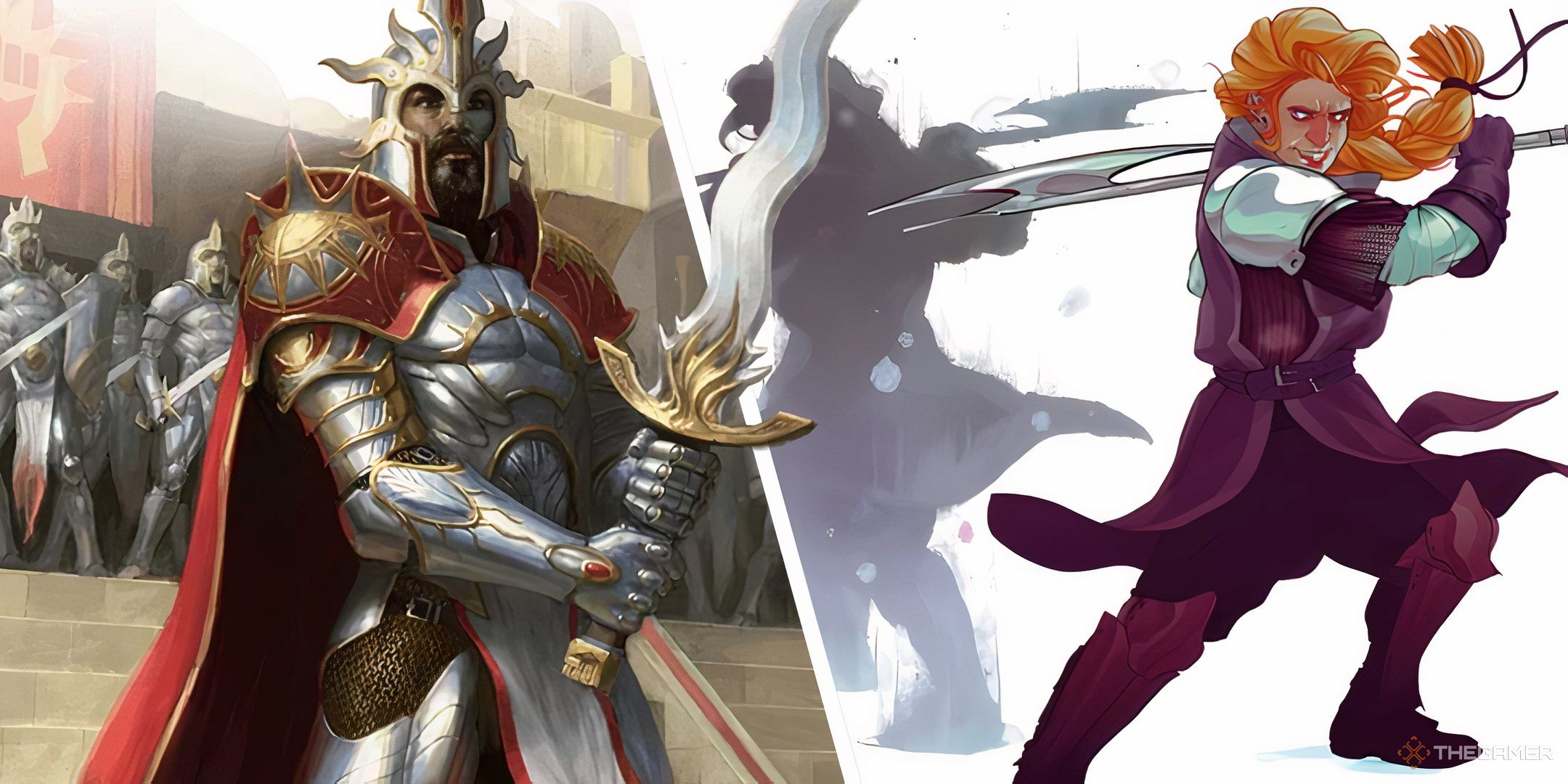
Related
Dungeons & Dragons: How To Build An Echo Knight Fighter
Learn how to build an Echo Knight in D&D, and summon yourself to fight alongside you.
Best Species For An Artificer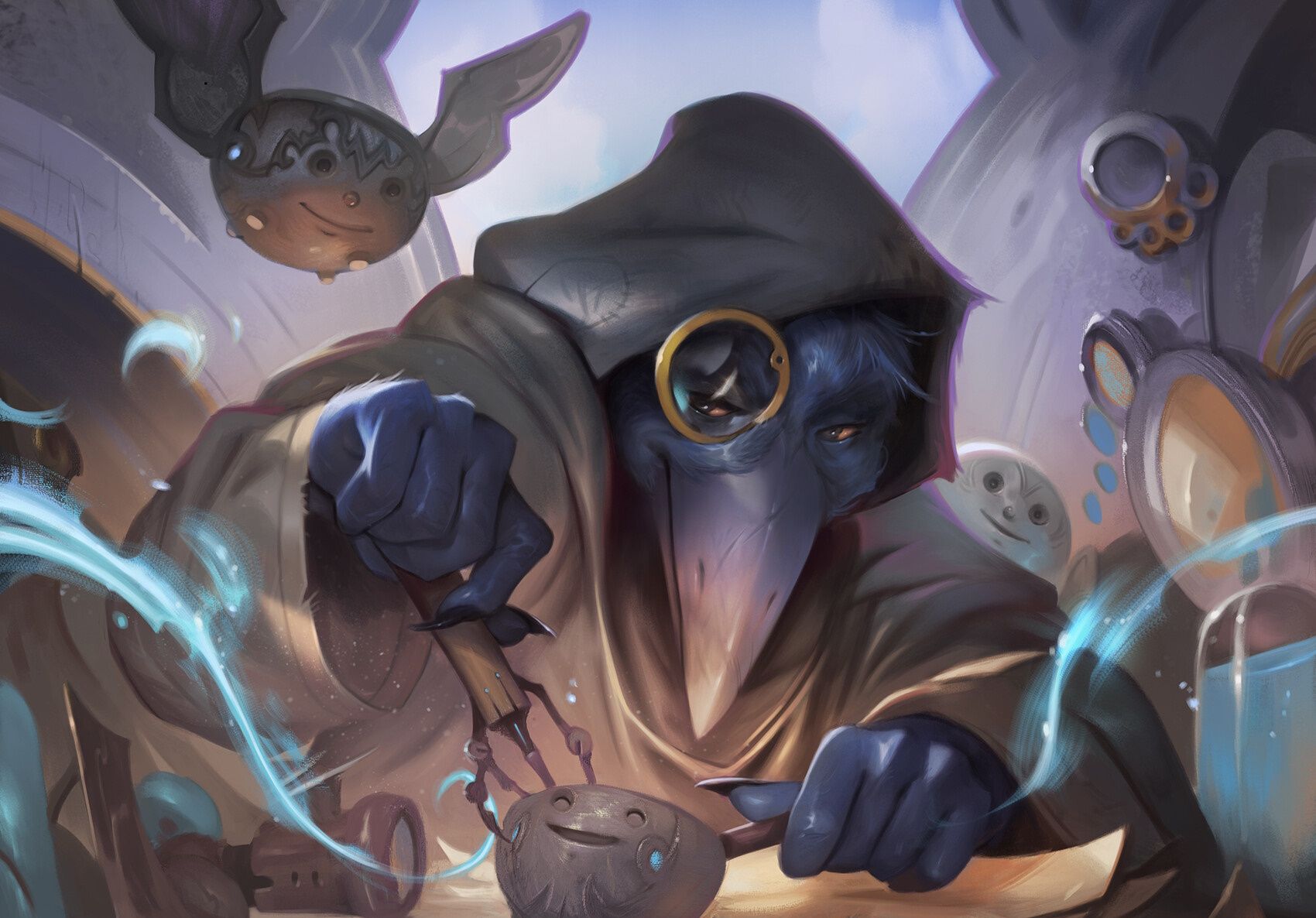
Species options are very open in D&D Fifth Edition due to the expanded rules for substituting ability score improvements. Not all tables play with this rule, though, and your characters’ heritages can provide other boons outside an increase in intelligence.
Best Species For An Alchemist
Alchemists benefit from a heritage that lets them stretch their healing resources further. An autognome Alchemist is unable to heal from their own potions, but instead can spend hit dice to heal by casting the Mending cantrip on themselves. Having separate resources for healing yourself and others allows both to last longer.
The mechanical resistance to poison and immunity to gaseous attacks let your Alchemist explore dangerous environments and weaponize them without risk to themselves.
Avoid the species that have ways of gaining temporary hit points as these will clash with the ones generated by your class elixirs.
Best Species For An Armorer
Goblin’s Nimble Escape lets them disengage from combat as a bonus action. This pairs well with the thunder gauntlet and booming blade: Striking an enemy and then disengaging gives them disadvantage to attack other party members, encouraging them to follow you and activate the secondary damage from booming blade by moving.
Gnome is a powerful, if unconventional option here: Your Gnomish Cunning gives advantage on saving throws against magic. Fighting on the front line you’ll face these saving throws more often than a traditional artificer. There is also some fun imagery from a character three feet tall punching people from a mechanized suit.
Best Species For An Artillerist
The ability to carry your turret makes Artillerists shine brightest when they have extra mobility. Flying species can make use of more angles to aim their flamethrowers without hitting allies, as well as share the defensive boost provided by Fortified Position while still hovering comfortably out of melee reach. Two options stand out here:
- A winged tiefling has this flight speed as well as resistance to fire in case they ever have to fight an evil mirror version of themselves.
- A fairy casting enlarge on the turret can ride it into battle (They can also cast Reduce on themselves, but it won’t be as intimidating).
Best Species For A Battle Smith
Similar to the Armorer, Battle Smiths thrive in melee. Their spell list is oriented around defensive buffs and aura spells that will see most use if they’re in the front lines often.
Hill dwarves gain extra hit points to survive longer, while mountain dwarves can ignore the strength requirements of armor. Both provide you an extra tool proficiency, which artificers always appreciate.
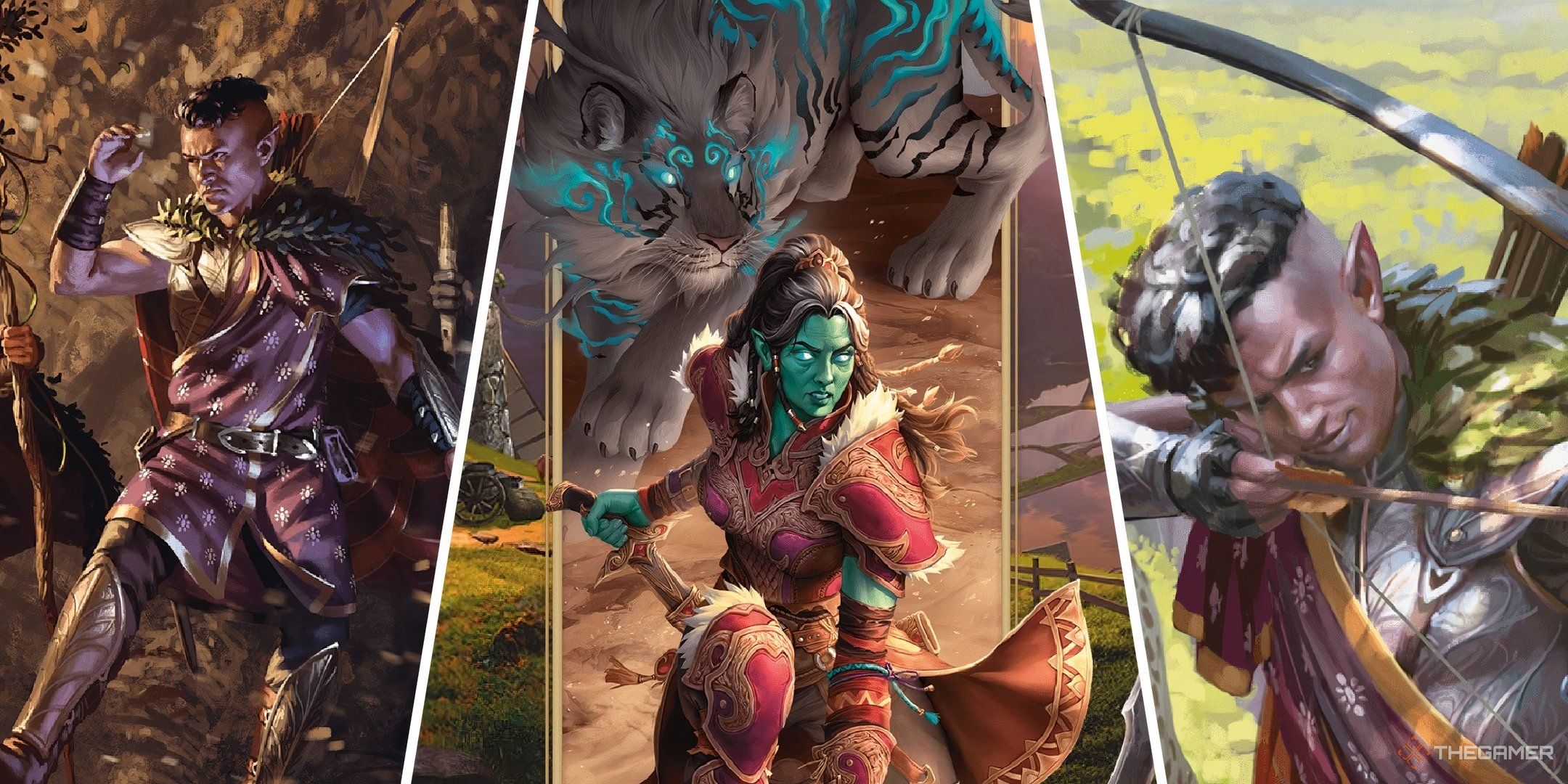
Related
Dungeons & Dragons: How To Build A Beast Master Ranger
Beast masters work alongside an animal companion to become fearsome fighters. Here’s how to build one in DnD.
Best Multiclasses For An Artificer
Artificer and wizard share a problem when multiclassing: They’re the only two intelligence-focused classes. The overlapping utility of the two classes can also limit how much they can gain from each other. Despite that, artificer allows for some flavorful and powerful multiclassing options.
|
Subclass |
Multiclass |
Combination |
|---|---|---|
|
Armorer |
Bladesinger Wizard |
Bladesinger is a powerful choice that requires a big investment in dexterity. Bladesingers are unable to use their class features if wearing anything heavier than light armour meaning your base Armor Class is lower than other armorers. The Bladesong rewards you by adding your intelligence to your AC. Wizard also gives you access to the shield spell, a notable absence from the armorer’s class list. |
|
Artillerist |
Forge Cleric |
A single level of Forge Domain cleric grants heavy armor proficiency and the Blessing Of The Forge ability that functions as an extra armor or weapon enhancement. Your spell list will expand with some cleric cantrips and first-level spells. Artillerist struggles the most with multiclassing since you will rarely have an available bonus action to activate other class’s abilities. |
|
Battle Smith |
Fighter or Paladin |
Battle Smiths can use any strength or Dexterity weapon with their Intelligence. A martial multiclass can give them more martial abilities, such as a fighting style, while still letting them use intelligence for accuracy and damage. Fighter is a simple but reliable choice, giving features like action surge, that let you cast two spells in a turn. Paladin delays the martial bonuses but grants additional spellcasting levels and healing. |
|
Alchemist |
Warlock |
Warlock provides a source of regenerating spell slots that lets you craft more elixirs after a short rest. With the right flavor explanation and a promise that you don’t combine Hexblade with Bladesinger, your GM may permit you to play a warlock that scales from Intelligence instead of Charisma. Even without it, you’re relying on the warlock more for their features than their spell list, so as long as you meet the conditions for multiclass, this can pay off. |
|
Alchemist |
Thief Rogue |
Thief rogue is another potential complement. The Fast Hands ability means you can craft a potion with your action and then administer it with a bonus action. Alchemist struggles with the two actions taken to both craft and use a potion under normal circumstances, forcing non-thief alchemists to predict what potions they will need ahead of combat. |
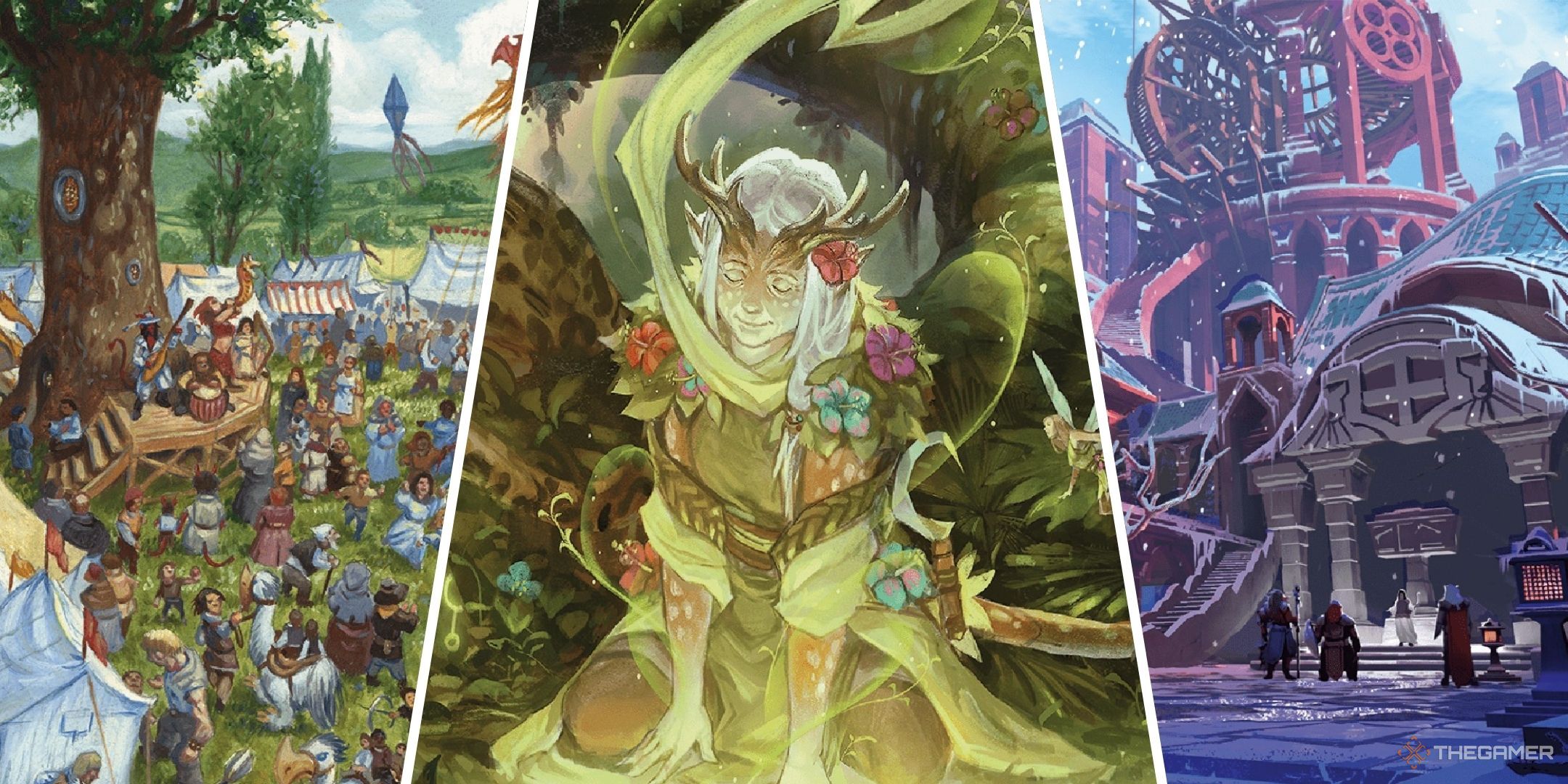
Related
Dungeons & Dragons: Best Druid Bastion Build
Utilize your bastion to gain perks that’ll be useful for your love of all things natural as a druid.
Best Backgrounds For An Artificer
Backgrounds in Fifth Edition are very malleable. The skills, tools, and languages they provide can all be substituted with GM permission, letting you pick largely based on the type of character you want to build. With that in mind, here are some options that can serve as scaffolding to build a character out from.
|
Background |
Benefits |
Notes |
|---|---|---|
|
Wildspacer |
|
This spacefaring background is limited to games in the Spelljammer setting but provides strong mechanical and narrative building blocks. An extra two hit points per level greatly increases your survivability, and a backstory where you were traumatized by a Space Clown or Beholder gives your GM a useful hook for future adventures and character development. |
|
House Agent |
|
The high intelligence of artificers makes them fun to play as investigative characters. House agent is one background that lets you play them as inquisitive detectives, but you can achieve the same result with bounty hunter or spy backgrounds. House Agent has useful narrative hooks specific to the Eberron setting, where artificers are most prolific. |
|
Hermit |
|
The hermit background wasn’t written with artificers in mind but fits perfectly for the class: Years ago you made a great and powerful discovery that forced to enter seclusion. You’ll need to negotiate with your GM as to what this discovery was and how it impacts the character. Aim somewhere between academic trivia with no plot relevance and overwhelming secrets that would get a level one character killed instantly. |
How To Play An Artificer In The 2024 Rules
Things haven’t changed too much for the artificer in D&D’s 2024 rules refresh. That said, some new starting options warrant discussing if you plan to play an artificer under the 2024 rules.
Background
When it comes to backgrounds, you’ll want to pick one that lets you boost your Intelligence score and offers a useful Origin Feat.
Easily the best of the backgrounds in the 2024 Player’s Handbook is the sage. As a sage, you can increase both your Intelligence and Constitution scores, and you get the all-powerful Magic Initiate Origin Feat. This provides you with two extra cantrips and a level one spell, vastly improving the artificer’s magical options.
If your team lacks a skill cipher, then the scribe makes a decent option, letting you improve your Intelligence score while providing the Skilled Origin Feat. The criminal or guard backgrounds are also decent with their Alert Origin Feats, as is the Merchant’s Lucky Origin Feat, but unless you have a compelling reason not to, stick with the sage background.
The artisan background is generally not recommended as the Crafter Origin Feat mostly provides features that you already have as an artificer.
Starting Equipment
The artificer’s standard starting equipment provides you with everything you’ll need to begin your artificer adventure. The sage’s starting equipment of a quarterstaff, book, parchment, and robe is generally useless to an artificer, so choose option B for some extra gold.
Species
It’s hard not to recommend human as the best species to play an artificer. Having an extra Origin Feat and an extra skill provides you with so many opportunities that just aren’t available to other species. The Toughness or Lucky Origin Feats are great to pair with the sage’s Magic Initiate feat for incredible early-game power.
Rock gnome is, perhaps unsurprisingly, another ideal choice for artificers. Mending is an essential cantrip for most artificers, and Gnomish Cunning makes you surprisingly tough in mage battles.
More melee-oriented artificers, such as the Armorer or Battle Smith, might find benefit in the goliath and orc traits.
Ability Scores
Your ability score priorities are no different in the 2024 rules than they were in the 2014 rules. Intelligence is your most important ability score, followed by Constitution, and then Dexterity. Use the suggested scores above to give yourself an ideal start.
Multiclass Options
Artificers are usually the class that other classes dip into rather than the other way around. That said, artificers can still receive some benefits with a level in another class. Check the chart in the preceding section for the best potential multiclass options.
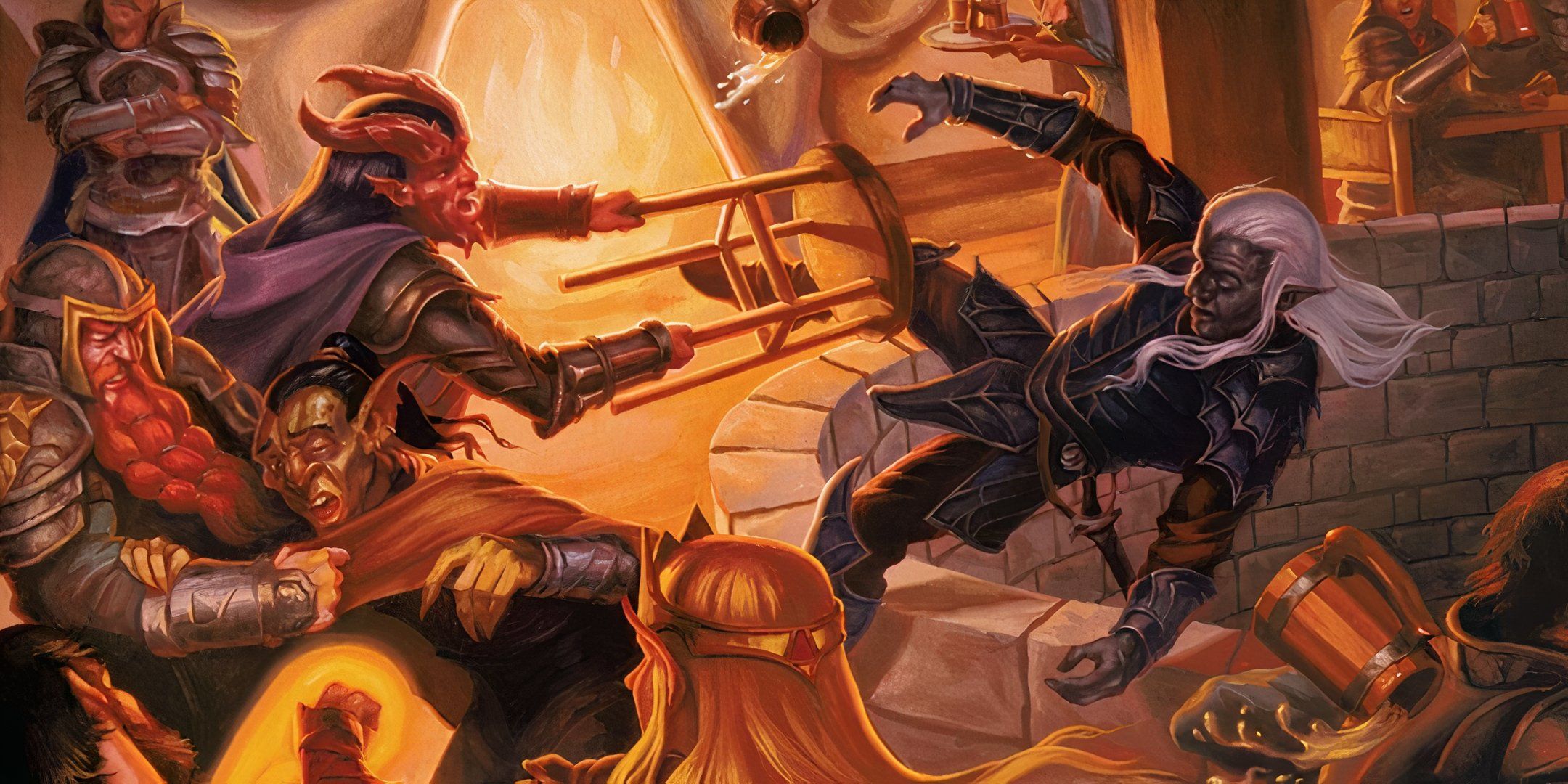
Next
Dungeons & Dragons: Guide To Bonus Actions
Stretch your Dungeons & Dragons character further with a bonus action.
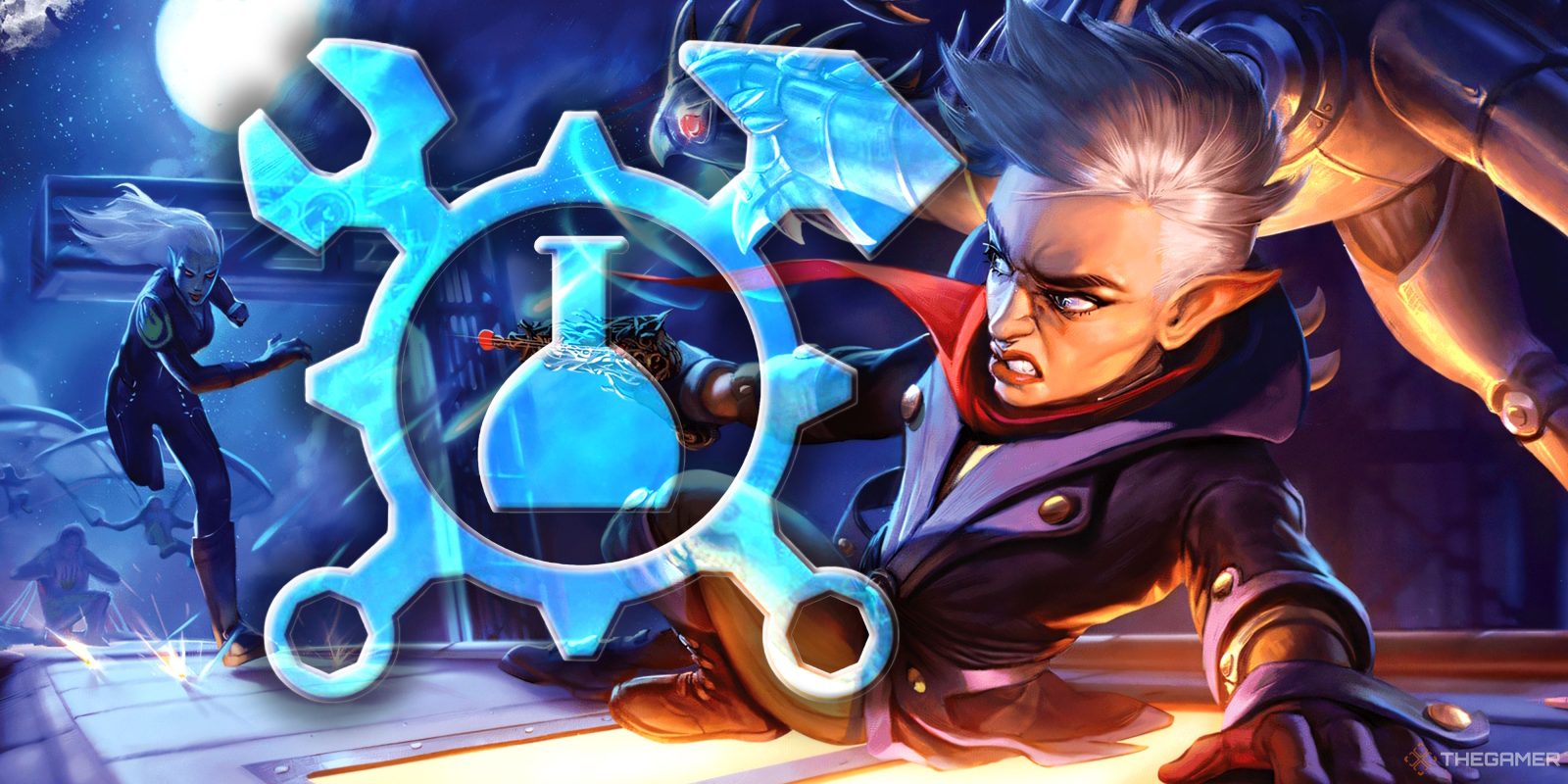
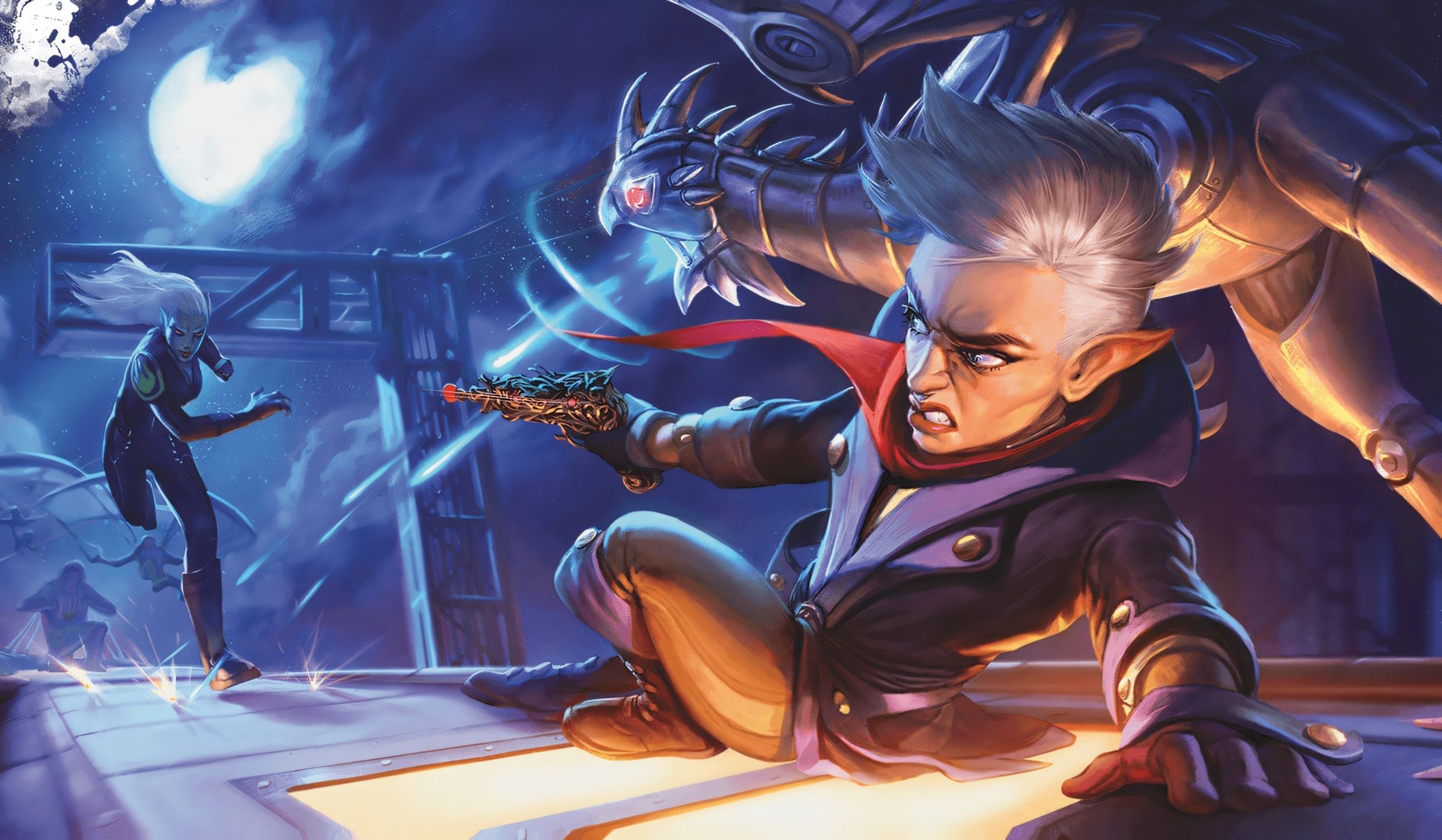
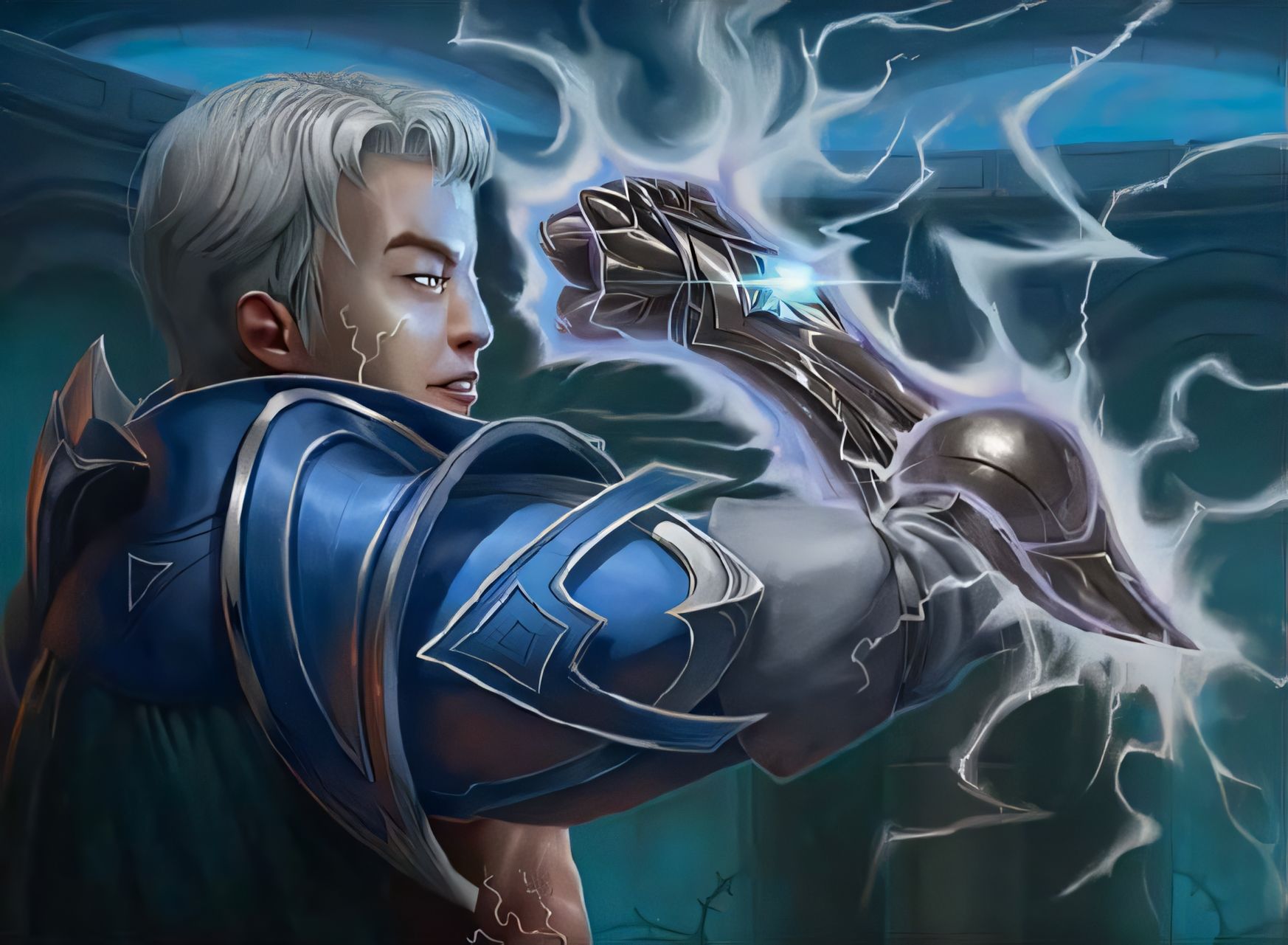
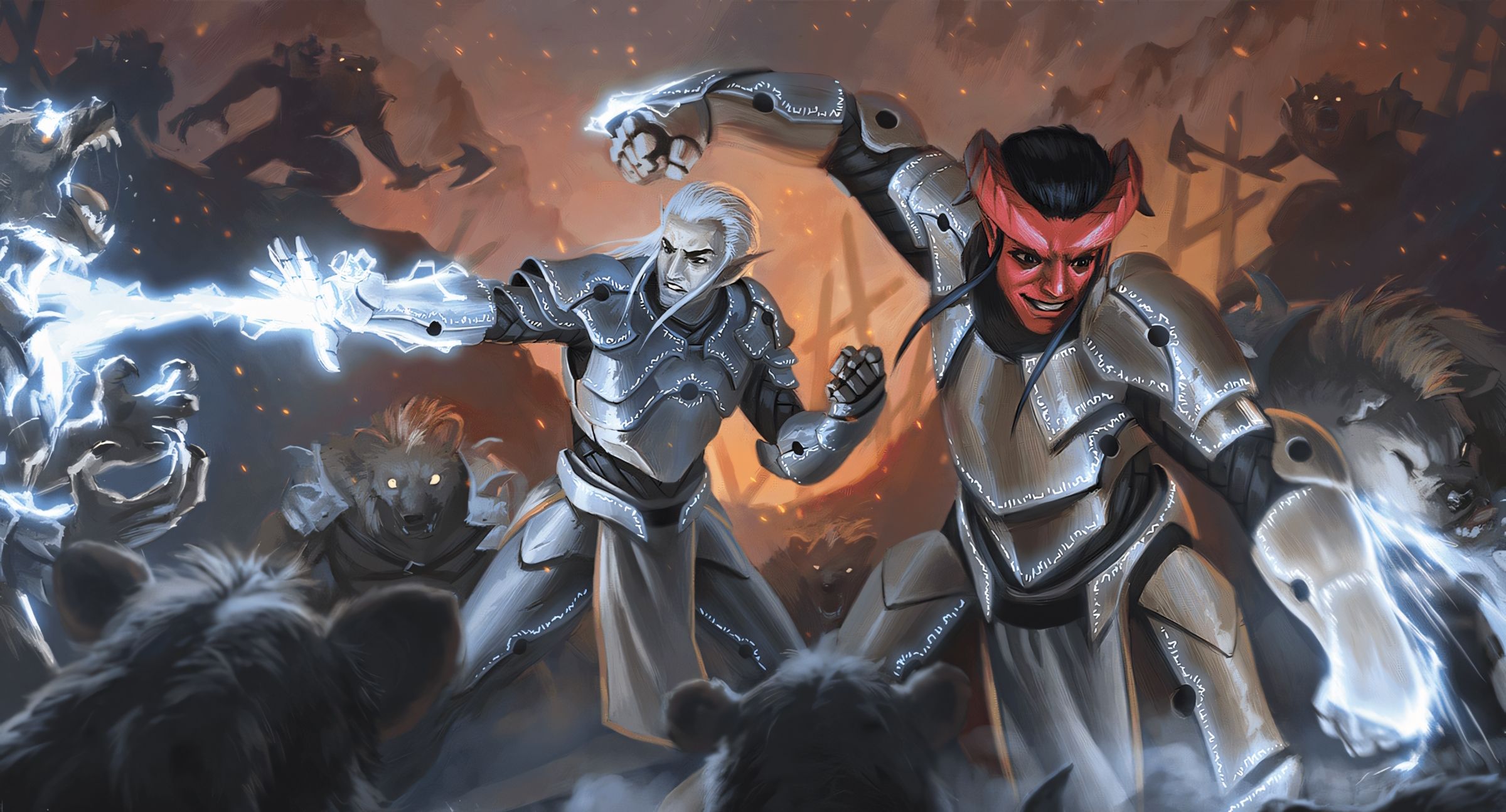
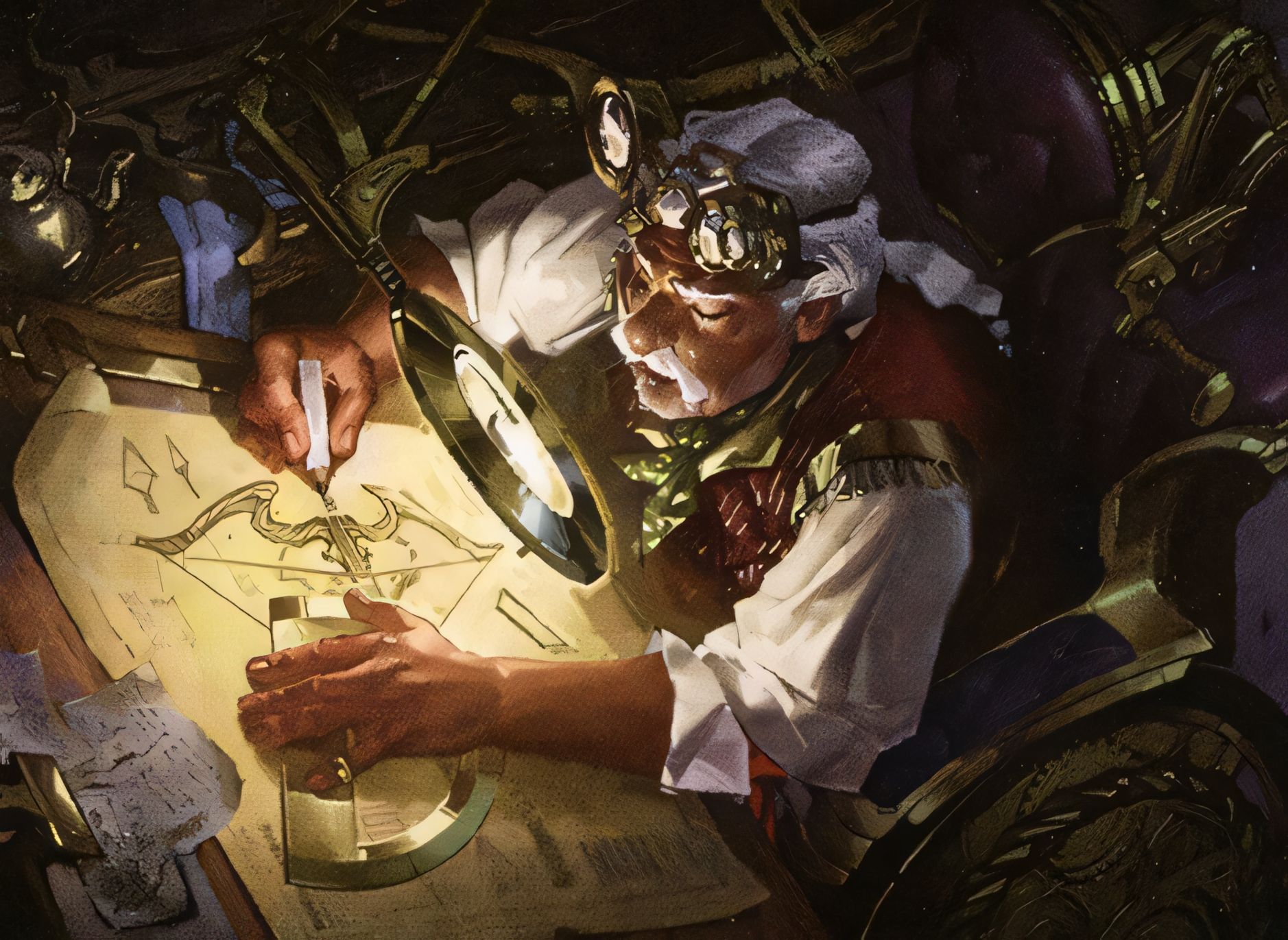
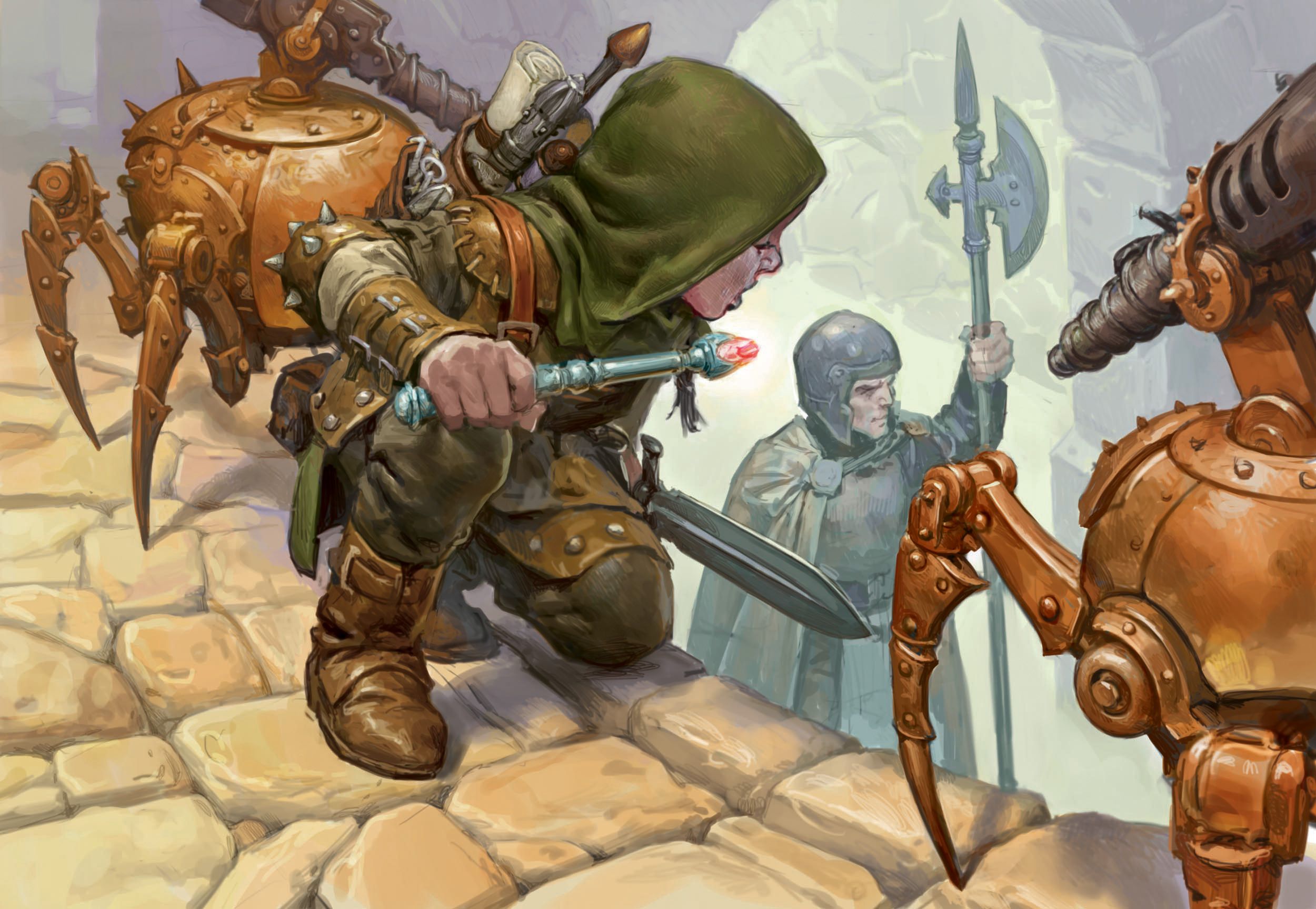
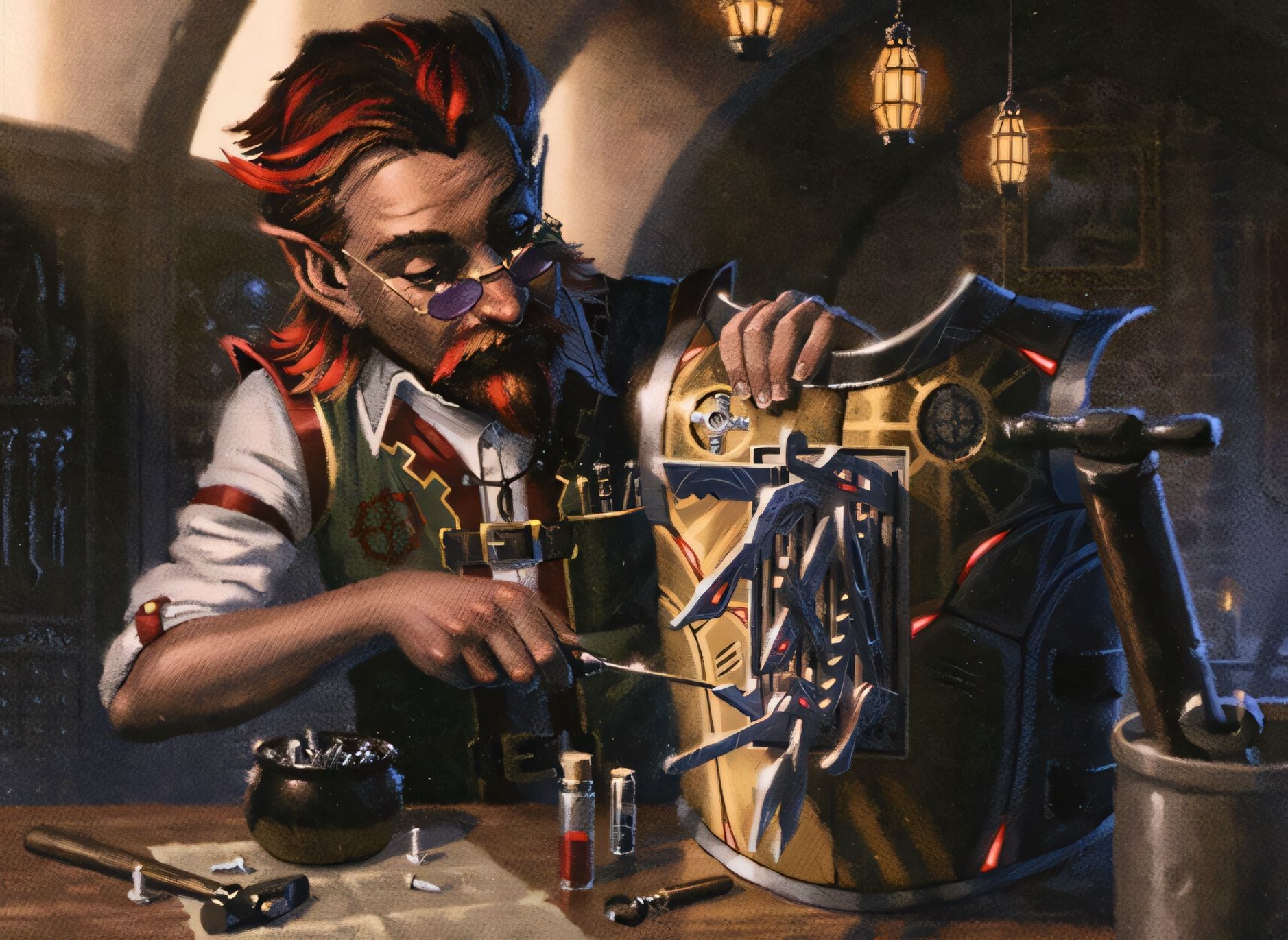
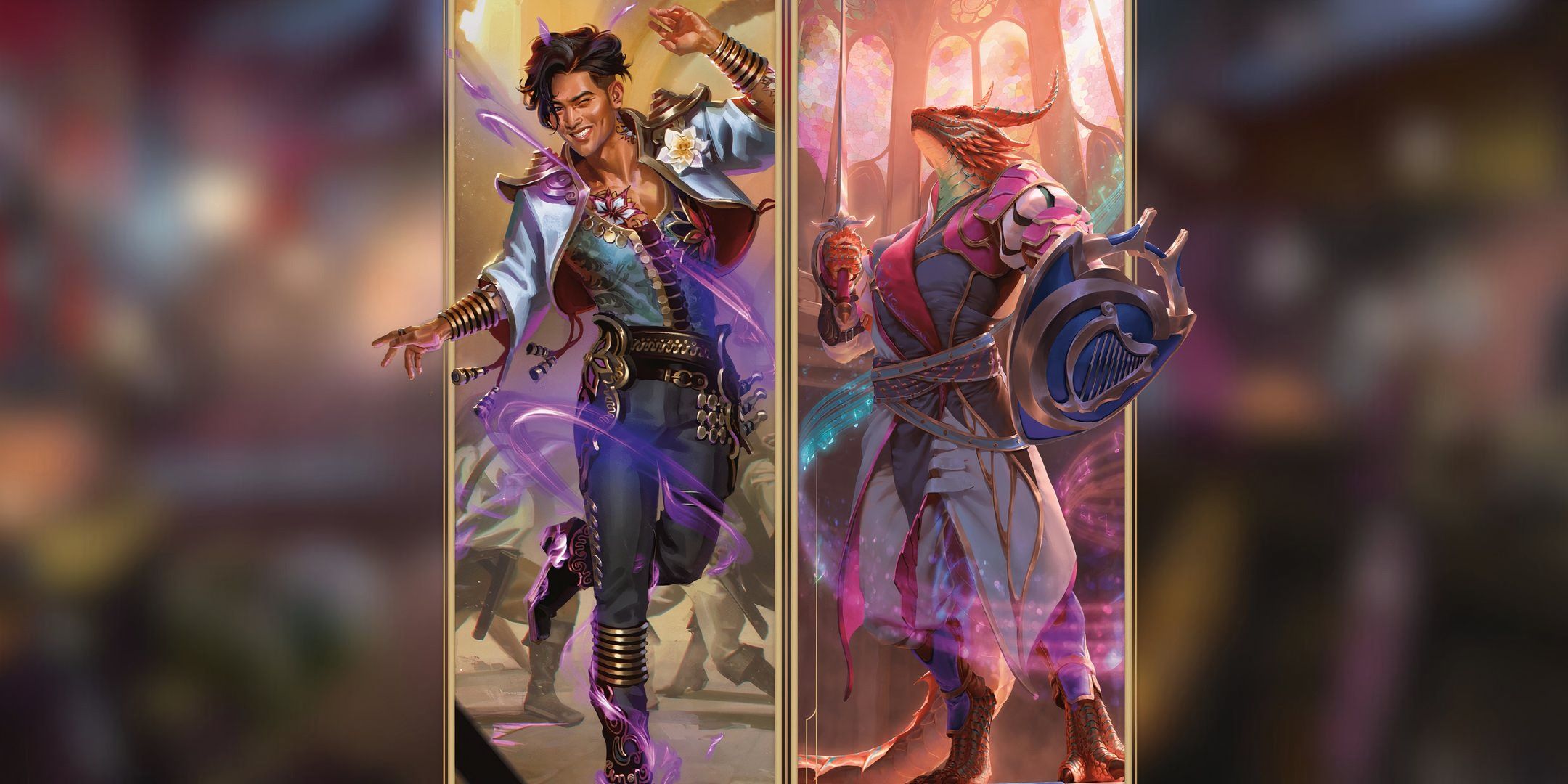
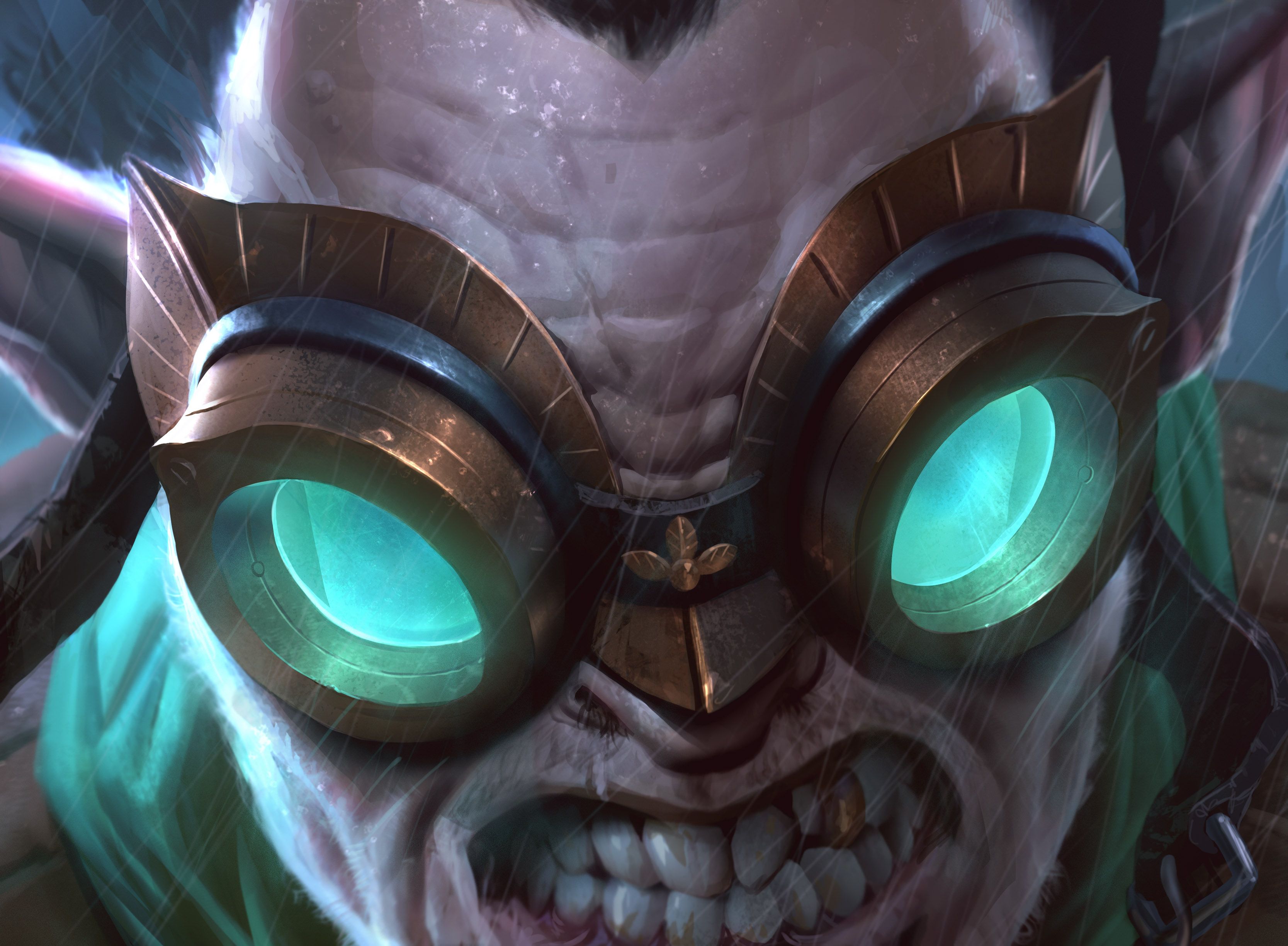
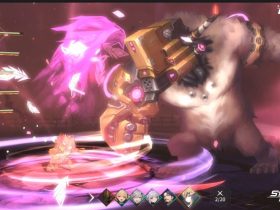



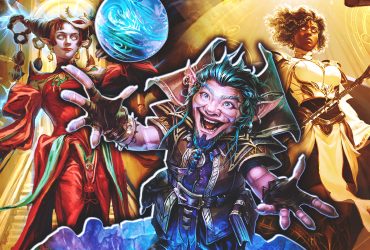


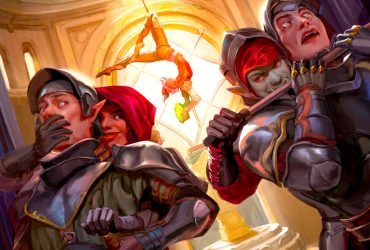

Leave a Reply